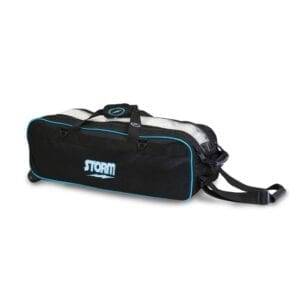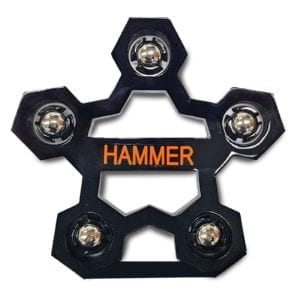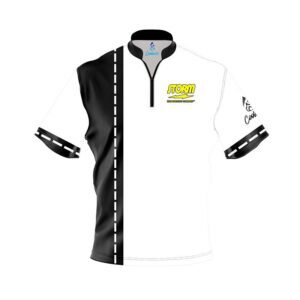Bowling Ball Videos, Radical Bowling Ball Videos, Surface & Layouts
The Testing & Development Process For Radical Bowling Balls
Bowling Ball Creation: From Concept to Consumer
When designing a new bowling ball, Radical Bowling focuses on identifying gaps in their product line and improving existing ball categories. They prioritize meeting the needs of league bowlers, who make up the majority of their customer base. Rather than solely relying on professional bowlers for feedback, Radical Bowling values input from average players to ensure that their products enhance the overall bowling experience. This customer-centric approach helps them determine the ideal performance targets for each ball, taking into consideration the ball’s motion from release to the pocket.
The naming process for a new bowling ball can be surprisingly challenging. Coming up with a unique and memorable name that also passes legal checks is no easy feat. While some companies stick to familiar names and extensions, Radical Bowling strives for innovation in their naming conventions. Color selection is also crucial, balancing visual appeal with the unpredictable effects of dye mixing. Contrary to popular belief, Radical Bowling believes that color doesn’t significantly impact ball performance, except for black dye, which utilizes carbon black.
Radical Bowling typically develops new bowling balls a year to a year and a half in advance. They aim for around nine releases annually, strategically staggered to avoid product overlap. The development process involves extensive testing and collaboration with core designers and cover stock experts. Sometimes, advancements in cover technology, such as the innovative HK22 formula, necessitate core adjustments to achieve the desired performance. Throughout the testing phase, some balls are scrapped due to performance issues or redundancy within the existing product line. Radical Bowling’s commitment to innovation and customer satisfaction is evident in their meticulous development process, which ensures that each new ball meets the needs of the average bowler.
































































